Introduction
Erbium-Doped Crystals the world of laser technology is deeply intertwined with the science of crystallography. The properties of specific crystals, when manipulated accurately, can lead to incredibly precise and powerful laser emissions. One class of such crystals involves those doped with rare earth ions, such as erbium. Today, we explore five common erbium ion-doped crystals and their importance in the realm of laser technology: Er:YAG, Er:GGG, Er:YAP, Er:YLF, and Er:YSGG.
Er:YAG (Erbium-doped Yttrium Aluminum Garnet)
Er:YAG, short for Erbium-doped Yttrium Aluminum Garnet, is a crucial crystal in the field of laser technology. Utilized predominantly for its strong water absorption characteristics, this crystal finds its primary use in medical and dental procedures.
Unique Properties of Er:YAG
Er:YAG, Erbium-doped Yttrium Aluminum Garnet, has unique properties that distinguish it from other crystals in the field of laser technology. The doping of erbium ions into the crystal lattice of YAG leads to a significantly high absorption cross-section at the 1.5 µm pumping wavelength. This high absorption characteristic makes it an efficient medium for generating laser emissions.
Applications in Medical Field
The real strength of Er:YAG crystals shines through in their medical applications. The 2.94 µm emission wavelength from these crystals closely matches the peak absorption wavelength of water. Since biological tissues primarily consist of water, medical lasers based on Er:YAG are particularly effective. This crystal is extensively used in dermatology for skin resurfacing and in dentistry for hard tissue ablation, resulting in precise and minimal damage procedures.
Advancements in Laser Systems
Er:YAG also serves a pivotal role in modern laser systems development. Its capacity to produce high-powered laser emissions in a controlled manner makes it a promising candidate for various industrial applications. Additionally, the crystal’s thermal properties allow efficient heat dissipation, a critical factor in maintaining stability in high-powered laser systems.
Future Prospects of Er:YAG
Looking ahead, the potential applications and contributions of Er:YAG crystals to laser technology are immense. As scientific research pushes the boundaries, these crystals could find even more utility in sectors beyond medicine and dentistry, including materials processing and telecommunications. The robustness and versatility of Er:YAG crystals are sure to keep them at the forefront of advancements in laser technology.
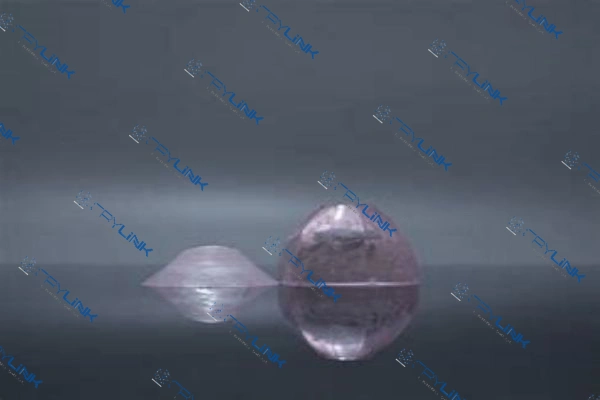
Er:GGG (Erbium-doped Gadolinium Gallium Garnet)
Erbium-doped Gadolinium Gallium Garnet, commonly known as Er:GGG, is another significant crystal used in laser technology. With erbium ions replacing some of the gadolinium ions in the crystal lattice, this crystal exhibits distinctive laser properties.
Distinctive Features of Er:GGG
Erbium-doped Gadolinium Gallium Garnet (Er:GGG) is a standout in the world of laser crystals. As a result of replacing some of the gadolinium ions in the crystal lattice with erbium ions, the crystal exhibits highly unique laser properties. These characteristics include a broad emission spectrum and excellent thermal stability, making Er:GGG a versatile player in the field of laser technology.
Applications in Telecommunications
Er:GGG crystals are especially valuable in telecommunications, primarily due to their capability to emit light in the 1.5 µm region. This wavelength region is important for fiber optic communications as it coincides with the minimum loss window of silica-based optical fibers. As such, lasers using Er:GGG crystals can facilitate efficient data transmission over long distances.
Role in Solid-State Laser Systems
Er:GGG is also used in solid-state lasers, specifically those employing diode pumping. The unique energy level structure of Er:GGG allows for efficient energy transfer between ions, making it well-suited for diode-pumped systems. The superior thermal properties of this crystal also contribute to the stability of such laser systems.
Future Potentials of Er:GGG
Looking forward, the unique properties of Er:GGG open the doors to many potential applications. The future could see these crystals being utilized in a wider range of technologies, from high-resolution imaging to advanced material processing. As further research delves into the unique attributes of Er:GGG crystals, their impact and relevance in the continually evolving field of laser technology is certain to grow.
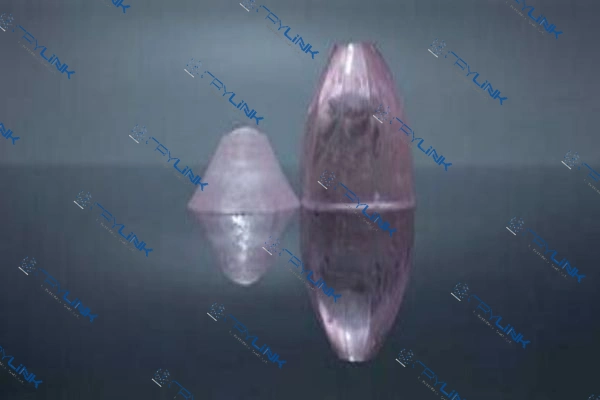
Er:YAP (Erbium-doped Yttrium Aluminum Perovskite)
Erbium-doped Yttrium Aluminum Perovskite, known as Er:YAP, stands out for its unique energy level structure. This characteristic leads to a highly efficient laser output, earning this crystal a notable place in the laser technology industry.
Intriguing Aspects of Er:YAP
Erbium-doped Yttrium Aluminum Perovskite, known as Er:YAP, is another standout in the laser technology landscape. This crystal stands out due to its unique energy level structure, which leads to highly efficient laser output. Er:YAP crystals are well-suited for high-power and tunable laser systems owing to their large absorption and emission cross-sections.
Medical and Industrial Applications
Er:YAP finds its utility in an array of applications, ranging from medicine to industry. Similar to Er:YAG, the output wavelength of Er:YAP is well-absorbed by water, making it highly useful for medical applications such as laser surgery and dermatology. In industry, Er:YAP lasers are used in materials processing for tasks like drilling and cutting.
Role in Laser Systems
The excellent thermal and mechanical properties of Er:YAP contribute significantly to its performance in laser systems. These characteristics allow for efficient energy transfer, making Er:YAP a promising material for high-powered, diode-pumped lasers.
Future Prospects of Er:YAP
Looking forward, the potential applications and contributions of Er:YAP crystals to laser technology are vast. As technology advances, new applications for these crystals are likely to be discovered. With ongoing research and technological advancements, the role of Er:YAP in the future of laser technology is expected to grow significantly.
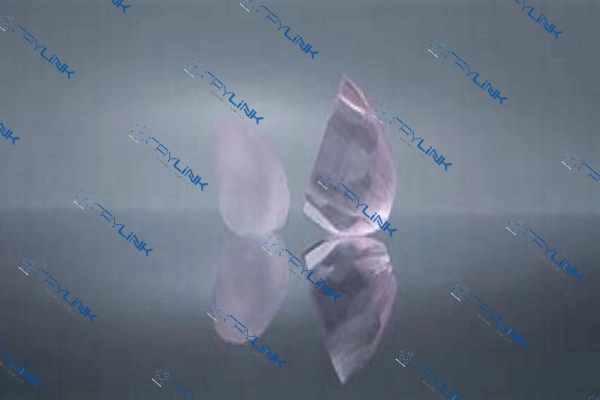
Er:YLF (Erbium-doped Yttrium Lithium Fluoride)
Er:YLF or Erbium-doped Yttrium Lithium Fluoride is a crystal that showcases a different set of laser properties due to its unique crystal structure. With the ability to produce longer pulse durations, this crystal is commonly used in laser applications that require such specifications.
Noteworthy Characteristics of Er:YLF
Erbium-doped Yttrium Lithium Fluoride (Er:YLF) offers some distinct properties that make it stand out among other laser crystals. The crystal structure of Er:YLF is particularly advantageous for promoting efficient lasing. Notably, the fluoride ions in the crystal matrix create an environment that promotes strong interactions between the erbium ions and the light.
Applications in Precision Machining
One of the most popular applications of Er:YLF is in precision machining. This is because Er:YLF produces a highly precise and controlled laser beam, perfect for applications such as laser cutting and engraving. This level of precision is crucial in industries like electronics, where intricate designs on materials like silicon wafers are often required.
Use in Optical Amplification
Er:YLF also has important applications in optical amplification due to its high efficiency at the 1.5 µm wavelength, making it a key player in telecommunications systems. Er:YLF amplifiers can boost the signal in long-distance fiber optic cables, facilitating better communication speeds and data transfer rates.
Future Direction for Er:YLF
Looking to the future, Er:YLF continues to offer much promise. As our need for precise, efficient, and high-capacity communication systems grows, so too does the potential for crystals like Er:YLF. The unique properties and diverse applications of Er:YLF make it a vital component in the rapidly evolving landscape of laser technology.
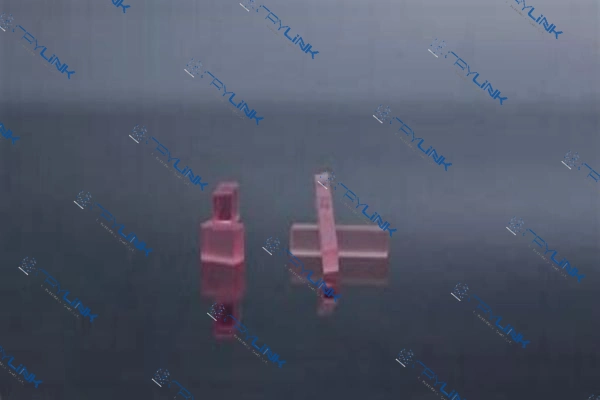
Er:YSGG (Erbium-doped Yttrium Scandium Gallium Garnet)
The last on our list is Er:YSGG, short for Erbium-doped Yttrium Scandium Gallium Garnet. With a slightly shorter pulse duration than Er:YLF and a longer wavelength than Er:YAG, this crystal has a unique position within the field, especially in applications involving hard tissue ablation.
Unveiling Er:YSGG
Erbium-doped Yttrium Scandium Gallium Garnet, or Er:YSGG, represents an important entry in the world of laser crystals. The unique mix of yttrium, scandium, and gallium in the garnet lattice results in a distinctive crystal matrix that, when doped with erbium ions, gives rise to remarkable lasing properties.
Dentistry and Medical Applications
Er:YSGG crystals produce laser light at a wavelength that is highly absorbed by water, making them particularly suitable for precision-cutting applications where water is abundant, such as biological tissues. This characteristic has seen Er:YSGG find particular use in dentistry for procedures like cavity preparation, caries removal, and soft tissue surgeries.
Use in Material Processing
In the realm of materials processing, the high peak power and high repetition rate of Er:YSGG lasers have found application in the precise engraving and cutting of materials, including delicate tasks such as the processing of diamonds.
Future Outlook of Er:YSGG
As the science of laser technology continues to evolve, so too does the potential of crystals like Er:YSGG. Their unique lasing properties, combined with an ongoing refinement in manufacturing techniques, suggest that the role of Er:YSGG crystals in the future of laser applications is set to grow. With ongoing developments, it is clear that Er:YSGG will continue to influence the shape of the laser technology landscape.
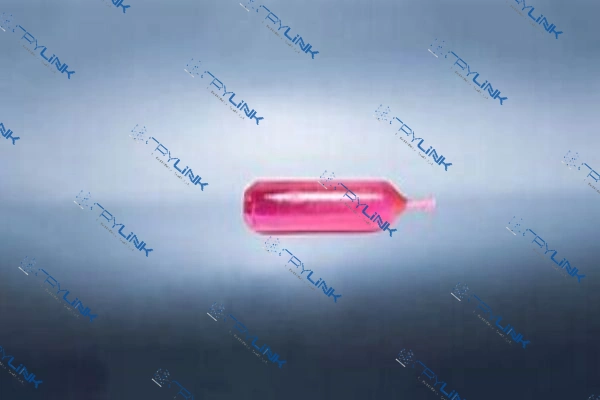
Conclusion
Each of the discussed erbium-doped crystals holds unique attributes contributing to their efficacy in various applications within the laser industry. As research continues, the potential to enhance and expand the application of these crystals is vast, opening new doors in laser technology and related fields. The journey into the world of erbium-doped crystals is indeed fascinating, shedding light on the intricate yet powerful world of laser technology.
Frequently Asked Questions About Erbium-Doped Crystals
- What are Erbium-Doped Crystals?
Erbium-doped crystals are types of crystal lattices that have had erbium, a rare earth ion, incorporated into their structures. These crystals, including Er:YAG, Er:GGG, Er:YAP, Er:YLF, and Er:YSGG, have unique properties that make them vital to various applications in laser technology. - What are the primary uses of Erbium-Doped Crystals?
Erbium-doped crystals have wide-ranging uses depending on their specific type. For instance, Er:YAG crystals are often used in medical and dental procedures due to their high absorption characteristics. Meanwhile, Er:GGG crystals are valuable in telecommunications, and Er:YLF crystals are widely used in precision machining and optical amplification. - Why is the doping of Erbium Ions significant in these crystals?
The incorporation of erbium ions into these crystals significantly alters their properties, enabling highly efficient laser emission. Each erbium-doped crystal exhibits unique laser properties due to the specific ways erbium ions interact with their crystal lattice, resulting in a variety of applications in laser technology. - What future applications might Erbium-Doped Crystals have?
Erbium-doped crystals have vast potential for future applications in many sectors, including materials processing and telecommunications. As research continues, new uses for these crystals are likely to emerge, contributing to advancements in laser technology and related fields. - How do Erbium-Doped Crystals impact laser technology?
Erbium-doped crystals play a crucial role in laser technology due to their unique properties. These crystals contribute to the development of high-powered laser systems, efficient data transmission, precise machining, and medical applications, among others. Their impact on laser technology is substantial, shaping the industry’s present and future trajectory.

Frank
Frank graduated from the University of Shanghai for Science and Technology, majoring in optics. As a technical engineer at Crylink Company, he deeply understands crystal materials and laser components.
Related Video(s) with this Article
Related Product(s) with this Article
Related Application(s) with this Article
